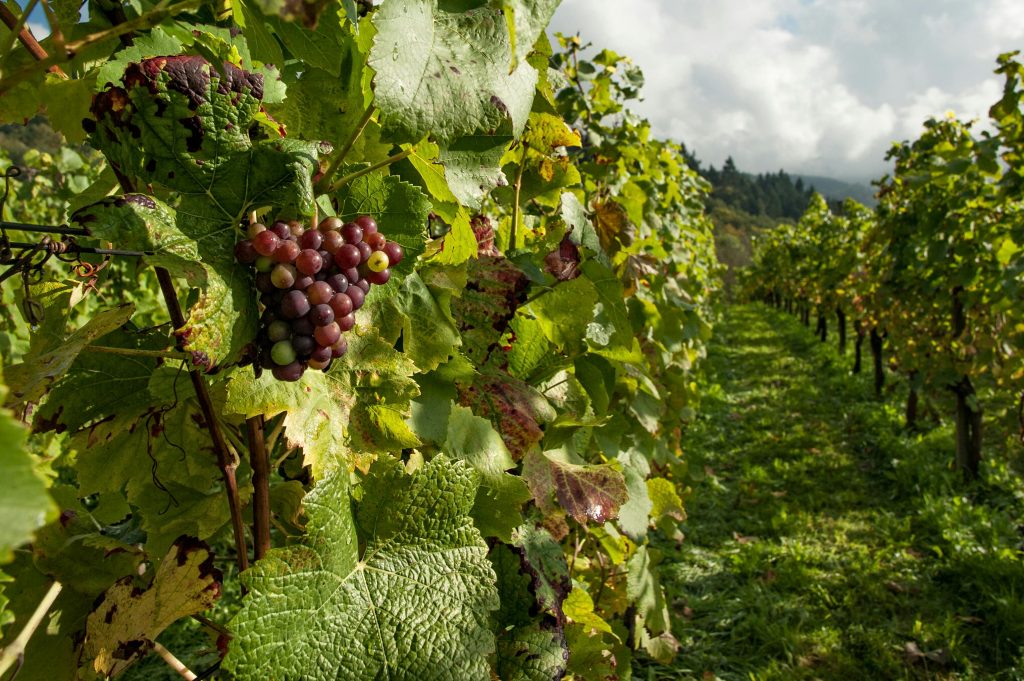Sip and Save: How to Buy a Home for Under $50K in Lesser-Known Wine Regions

Think buying a home in wine country is reserved for the ultra-rich? Think again. While iconic wine destinations like Napa Valley and Sonoma might be out of reach for most budgets, there are lesser-known wine regions in the U.S. where it’s still possible to buy a home for under $50,000.
Yes, under 50K.
With a little flexibility and the right strategy, you could find yourself living among vineyards and tasting rooms, sipping local wine on your front porch, without a massive mortgage. This guide will show you how to get started, where to look, and what to watch out for.
Why Buy in Lesser-Known Wine Regions?
We all love the idea of wine country living: rolling hills, slow afternoons, farmers markets, and, of course, wine tastings. But it’s not just about lifestyle—it’s also about value. Here’s why these hidden gems are worth your attention:
- Lower Property Costs: Think four-digit price tags instead of seven.
- Local Charm: These communities are often tight-knit, proud of their heritage, and welcoming to newcomers.
- Investment Upside: As wine tourism grows, some of these areas are poised to appreciate faster than traditional rural markets.
- Room to Dream: Whether it’s growing a few vines or setting up a wine-themed Airbnb, there’s potential for more than just living.
Where to Start Looking
You won’t find many $50K homes in Napa or Walla Walla—but here are a few lesser-known wine regions in the U.S. where you just might:
| Region | State | Why It’s Promising | Median Home Price |
|---|---|---|---|
| Hermann | Missouri | Historic wine heritage, scenic river town | $105,000 (but fixer-uppers under $50K exist) |
| Shawnee Hills | Illinois | Affordable Midwest wine country | $92,000 |
| Sierra Foothills | California | Budget-friendly alternative to Napa | $120,000 (but check outskirts) |
| Finger Lakes | New York | Cool-climate wines, lakeside properties | $89,000 |
| Yadkin Valley | North Carolina | Emerging wine region with Southern charm | $78,000 |
Source: Zillow and local listings, 2024 data
To browse listings in these areas and beyond, check out Property Under 50K—a dedicated marketplace for affordable real estate worldwide.
Smart Strategies for Buying Under $50K
Finding a livable home at this price point takes effort—but it’s far from impossible. Here’s how to improve your odds:
1. Explore Fixer-Uppers
Many homes under $50K need some love. The good news? Sweat equity can go a long way.
- Focus on homes with solid structure but cosmetic issues.
- Prioritize essential repairs: roof, plumbing, and electrical.
- Look into FHA 203(k) loans to finance both the purchase and renovations.
2. Tap Into Government Programs
You may qualify for assistance through local or federal programs:
- USDA Rural Development Loans: No down payment, low interest, and ideal for rural areas.
- HUD Homes and Grants: Discounted foreclosures and funding for repairs.
- State-specific homebuyer programs: These often include grants and zero-interest loans.
3. Start Small, Then Grow
If your dream is to live among the vines, start with a modest home in a vineyard region. You don’t need acreage right away.
- Rent out rooms to wine tourists
- Plant a few vines and learn winemaking on a micro scale
- Get involved in local harvest events

What to Watch Out For
Buying cheap property isn’t without its risks. Here’s what to check before committing:
- Zoning Laws: Can you run a business, grow grapes, or rent out the property?
- Water Access: Critical for anyone dreaming of a garden, vineyard, or simply rural comfort.
- Septic & Well Systems: Inspect these early—replacing them can cost more than the house.
- Internet Access: Especially important if you plan to work remotely.
Real Estate and Wine: A Perfect Pairing
If you’re still on the fence, consider this: living in wine country doesn’t just make your daily life feel richer—it can make financial sense, too.
In many rural wine regions, tourism is on the rise. More people are looking for weekend escapes and authentic experiences. That creates opportunity.
Want to learn more about the business side of vineyard property? Don’t miss this deeper dive: Beyond the Wine: How Vineyard Properties and Wine Cellars Become High-Value Investments.
Quick Checklist: How to Start
- ✅ Set your budget (including potential repairs)
- ✅ Research wine regions with low home prices
- ✅ Get pre-approved for a rural loan (USDA or FHA)
- ✅ Browse Property Under 50K
- ✅ Visit properties in person if possible
- ✅ Work with a local agent familiar with rural real estate
- ✅ Plan for ongoing maintenance and upgrades
Final Thoughts
Buying a home for under $50K is absolutely possible—especially if you’re open to lesser-known wine regions. It may not be glamorous at first. There might be some elbow grease involved. But the payoff is huge: affordable living in beautiful surroundings, with a wine lifestyle most people only dream about.
If you’re ready to start your journey into wine-country homeownership, now’s a great time. You don’t have to be rich—you just have to be resourceful.





























